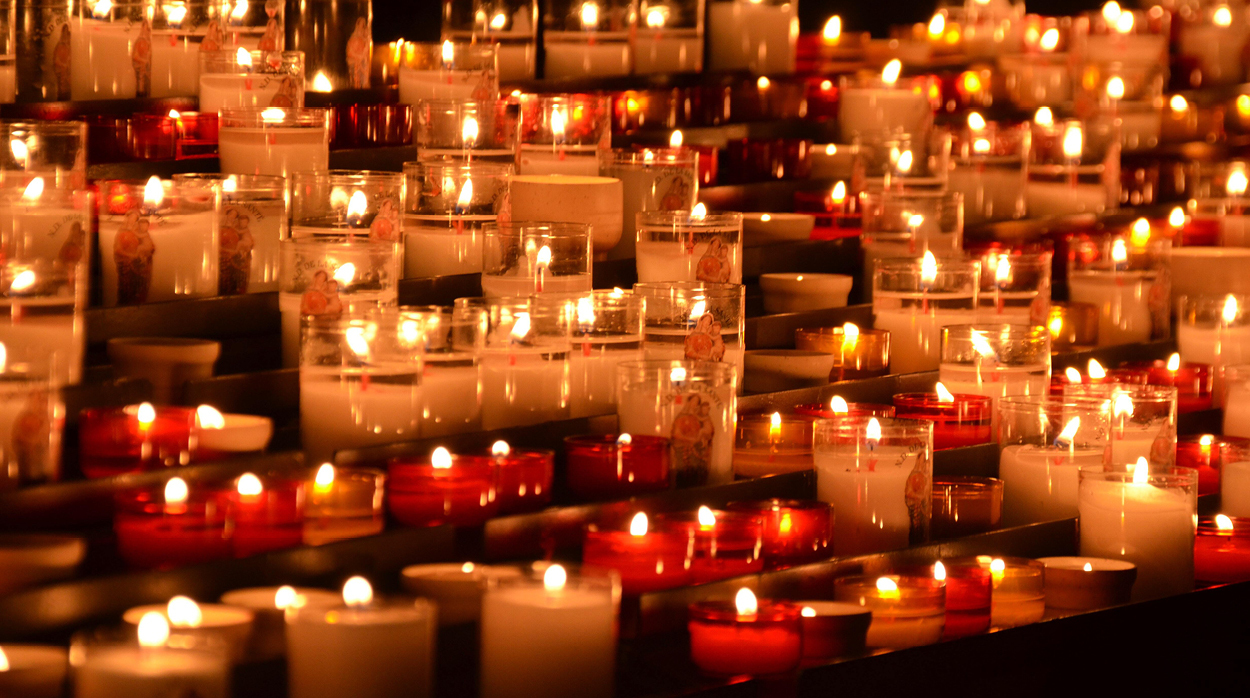Coping with grief and the loss of a loved one is incredibly difficult under any circumstances, but during a global pandemic where funeral legislation is limiting the number of people allowed to say they’re final goodbye and where emotional support systems may be separated or fractured, it might be almost unbearable. But there are ways to connect and achieve unity remotely and start the grieving process, even if it may not be obvious in the first instance, and many are turning to alternative options to experience a personal goodbye from their own home. This week, we wanted to share our advice for saying farewell to loved ones in these difficult times and for coping with bereavement.
Talking matters
It can be incredibly lonely and isolating to feel as though you’re coping with grief alone, which can inevitably impact your mental health. After all, talking is one of the key ways in which the NHS recommends coping with your loss and grief, whether that’s with a loved one or a trained professional. However, don’t underestimate the power of technology, particularly at this time and how it can help you to connect. Although loved ones can’t be physically present, being able to see them through Skype, FaceTime or any other video calling app can be reassuring and offer you emotional support. However, if you don’t want to reach out to loved ones, the same can be true when speaking to trained counsellors or professionals offering a holistic approach to wellbeing. It doesn’t matter how you do it but remember to communicate.
Remote funerals
Following the introduction of funeral restrictions on March 23, only ten close family members are able to attend a funeral service. Not only can this cause some conflict within larger families, but it can also mean that it’s difficult for those who cannot attend to come to terms with their loss or indeed begin the grieving process at all. However, some crematoriums are now offering funeral services that are streamed in real-time, including Thornhill Cemetery and Crematorium, which means that even if you can’t be physically present at the final goodbye, you can pay your respects in another way.
Add personal touches
Although we were already seeing a growing trend for mourners shaping funeral services that were personal and tailored to the deceased, during this time, personal touches are becoming more important than ever. The Guardian recently highlighted that some families are choosing to hold services at home with personal touches including memories, songs that they loved on repeat and a great deal of emphasis on sharing photos, celebrating the life that they lived. This very personal remembrance can help to bring closure and can help loved ones to begin the grieving process.
Consider rituals
Lighting a candle in the memory of a loved one has been a part of our culture for a long time. Not only can it be comfort, but it can be a symbol of the memory and life that lives on after loss. This can be quite cathartic to those going through the grieving process, and it’s one of the reasons why Coles launched its #LightUpWales campaign, to allow people that moment to dedicate this simple act to a lost loved one. However, others may choose to write a letter for that goodbye that was never verbalised or plant a flower in a garden or a favourite location to commemorate a loved one. Whatever ritual you choose, it has to be personal to your experience – just because something works for a friend or family member doesn’t necessarily mean it will work for you.
The coronavirus outbreak has no doubt changed how we say goodbye to our loved ones for obvious safety reasons. Yet for those who cannot attend the service and pay their respects, it can be heart-breaking, and impact the grieving process as a whole. However, mourners across the world are having to adapt to these changes, and in turn, are focusing on the life that was lived, creating a personal memorial service and this is where relationships and personal touches will prove vital. We predict that this is something that we’ll see even more of, throughout COVID-19 and beyond.

